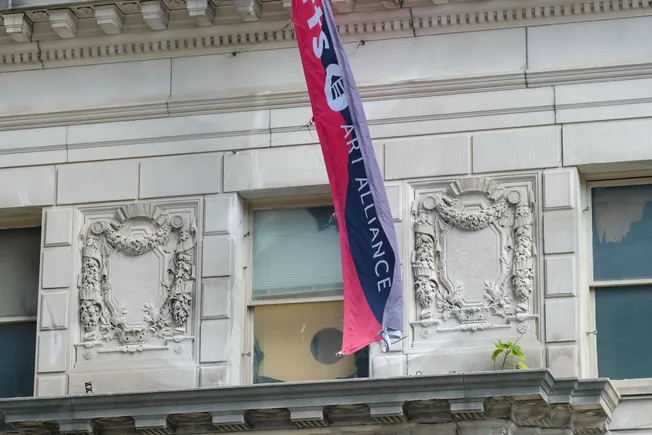3-D: Short for three-dimensional. This term is an adjective for something that has features that can be described in three dimensions — height, width and length.
cell: (in biology) The smallest structural and functional unit of an organism. Typically too small to see with the unaided eye, it consists of a watery fluid surrounded by a membrane or wall. Depending on their size, animals are made of anywhere from thousands to trillions of cells. Most organisms, such as yeasts, molds, bacteria and some algae, are composed of only one cell.
chromosome: A single threadlike piece of coiled DNA found in a cell’s nucleus. A chromosome is generally X-shaped in animals and plants. Some segments of DNA in a chromosome are genes. Other segments of DNA in a chromosome are landing pads for proteins. The function of other segments of DNA in chromosomes is still not fully understood by scientists.
DNA: (short for deoxyribonucleic acid) A long, double-stranded and spiral-shaped molecule inside most living cells that carries genetic instructions. It is built on a backbone of phosphorus, oxygen, and carbon atoms. In all living things, from plants and animals to microbes, these instructions tell cells which molecules to make.
environment: The sum of all of the things that exist around some organism or the process and the condition those things create. Environment may refer to the weather and ecosystem in which some animal lives, or, perhaps, the temperature and humidity (or even the placement of things in the vicinity of an item of interest).
extinct: An adjective that describes a species for which there are no living members.
field: An area of study, as in: Her field of research is biology. Also a term to describe a real-world environment in which some research is conducted, such as at sea, in a forest, on a mountaintop or on a city street. It is the opposite of an artificial setting, such as a research laboratory.
freeze-dried: (adj.) A term that describes a process widely used to preserve foods, drugs and other heat-sensitive products. That process relies on dissolving or suspending a substance in a liquid. Then the solvent or liquid is crystallized and then converted directly from a solid into a gas (without melting).
function: The specific role some structure or device plays.
gene: (adj. genetic) A segment of DNA that codes, or holds instructions, for a cell’s production of a protein. Offspring inherit genes from their parents. Genes influence how an organism looks and behaves.
genetic: Having to do with chromosomes, DNA and the genes contained within DNA. The field of science dealing with these biological instructions is known as genetics. People who work in this field are geneticists.
glass: A hard, brittle substance made from silica, a mineral found in sand. Glass usually is transparent and fairly inert (chemically nonreactive). Aquatic organisms called diatoms build their shells of it.
microscope: An instrument used to view objects, like bacteria, or the single cells of plants or animals, that are too small to be visible to the unaided eye.
molecule: An electrically neutral group of atoms that represents the smallest possible amount of a chemical compound. Molecules can be made of single types of atoms or of different types. For example, the oxygen in the air is made of two oxygen atoms (O2), but water is made of two hydrogen atoms and one oxygen atom (H2O).
nucleus: Plural is nuclei. (in biology) A dense structure present in many cells. Typically a single rounded structure encased within a membrane, the nucleus contains the genetic information.
peer: (verb) To look into something, searching for details.
permafrost: Soil that remains frozen for at least two consecutive years. Such conditions typically occur in polar climates, where average annual temperatures remain close to or below freezing.
remnant: Something that is leftover — from another piece of something, from another time or even some features from an earlier species.
resilient: (n. resilience) To be able to recover fairly quickly from obstacles or difficult conditions.
roadkill: A term for animals killed by traffic.
Siberia: A region in northern Asia, almost all of which falls within Russia. This land takes its name from the language of the Tatar people, where Siber means sleeping land. This region is vast. It has become famous for its long, harsh winters, where temperatures can fall to −68° Celsius (−90° Fahrenheit).
skull: The skeleton of a person’s or animal’s head.
tissue: Made of cells, it is any of the distinct types of materials that make up animals, plants or fungi. Cells within a tissue work as a unit to perform a particular function in living organisms. Different organs of the human body, for instance, often are made from many different types of tissues.
trait: A characteristic feature of something. (in genetics) A quality or characteristic that can be inherited.
woolly mammoth: A type of extinct mammal that resembled a hairy elephant.





















Discussion about this post